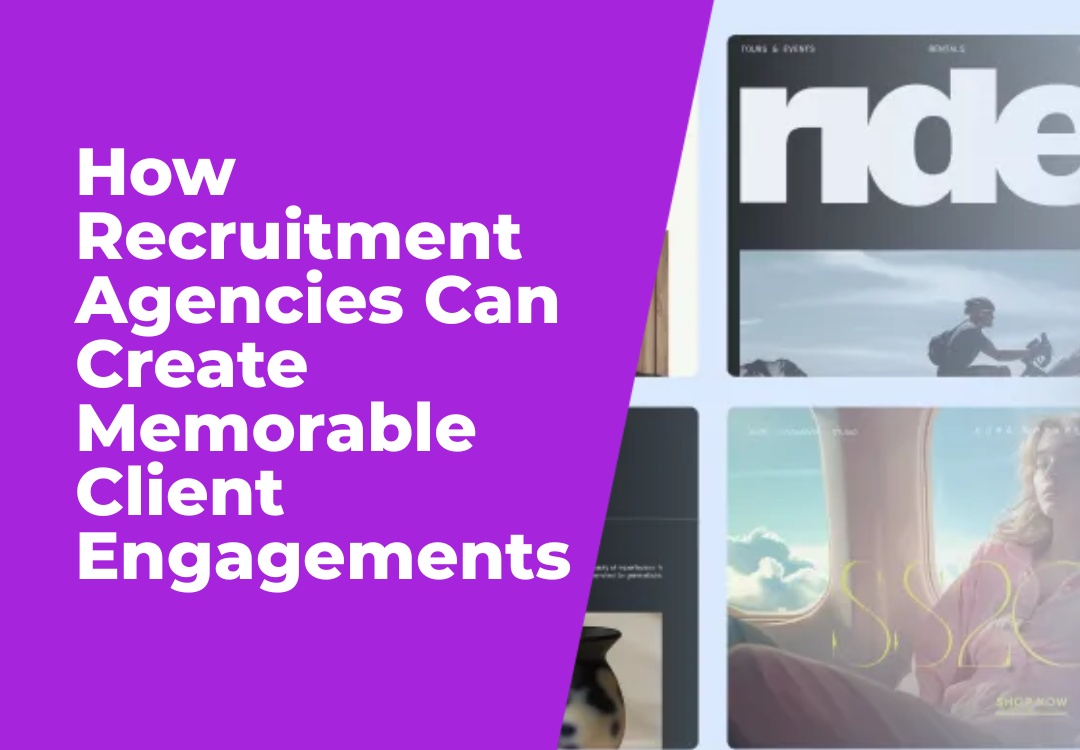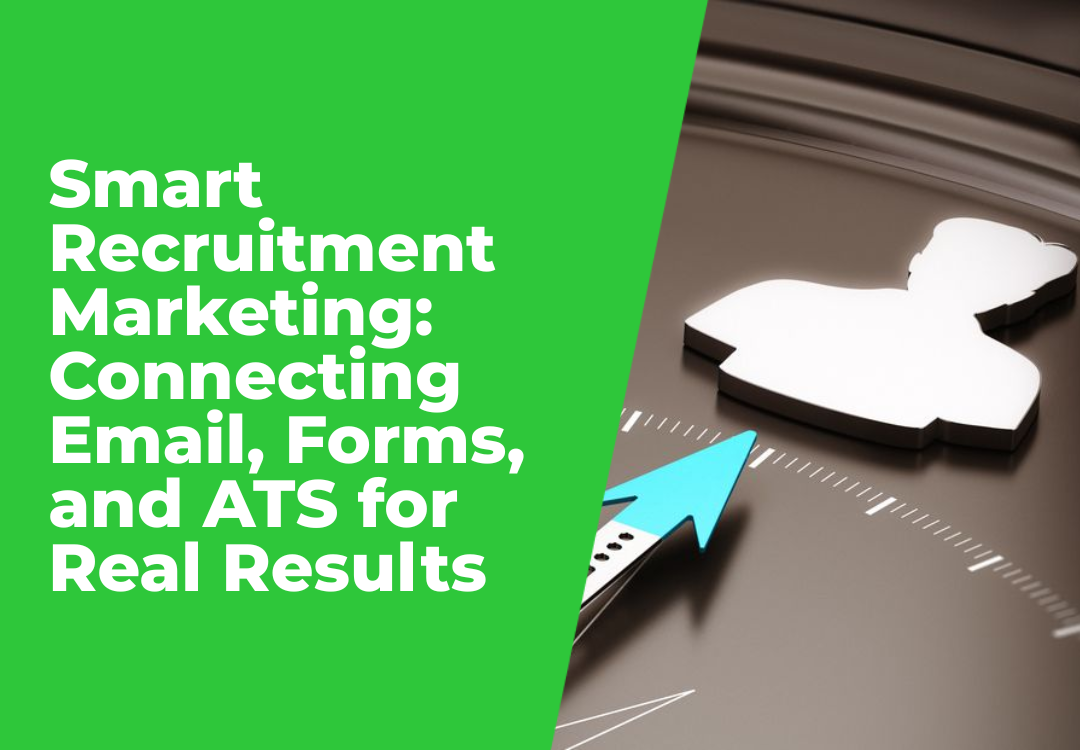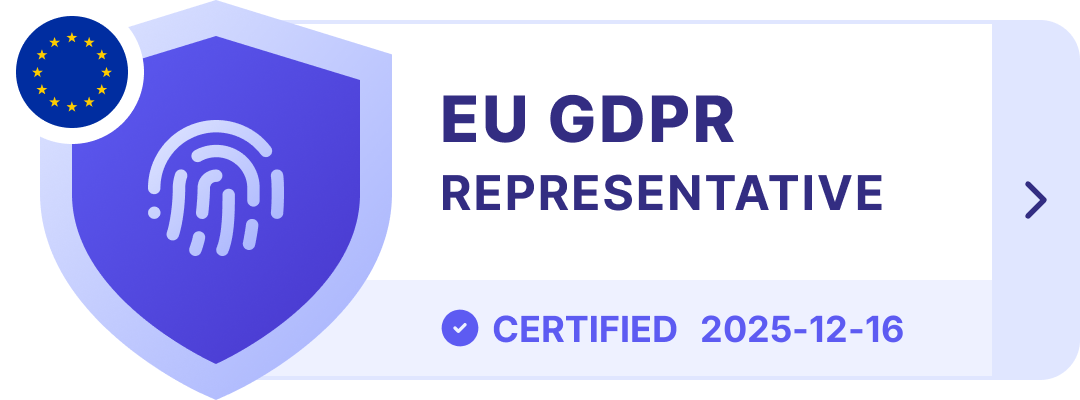The Shazamme's Web Platform Just Broke Our Industry-Leading Core Web Vitals Record – 82%!
Shazamme System User • June 22, 2025
We Just Broke Our Industry-Leading Core Web Vitals Record – 82%!
A Deep Dive Into Our Latest Performance Enhancements
We’re proud to share an exciting performance milestone: 82% of all websites built on our platform now pass Google’s Core Web Vitals assessment—a record-breaking achievement that reflects our continued investment in performance optimization and modern web standards.
What Are Core Web Vitals?
Core Web Vitals are a set of performance metrics defined by Google that measure real-world user experience across three key areas:
- Loading performance (Largest Contentful Paint – LCP)
- Interactivity (First Input Delay – FID)
- Visual stability (Cumulative Layout Shift – CLS)
Passing Core Web Vitals means a website loads quickly, responds fast to user input, and doesn’t shift or jitter as it loads—making for a smooth and frustration-free user experience.
What’s Behind the 82% Pass Rate?
This milestone didn’t happen by chance. Our engineering and platform teams have rolled out several advanced technical improvements that directly contribute to this success. Here’s what’s new:
? Smarter Caching
We’ve implemented an enhanced caching strategy that significantly reduces load times. Pages are now cached more intelligently—balancing freshness with speed—ensuring visitors experience faster page loads without sacrificing content accuracy.
? Back-Forward Cache (bfcache) Support
We now support bfcache, a browser-level optimization that allows users to navigate back and forward between pages almost instantly. This improvement enhances the browsing experience by reducing perceived wait time and increasing session fluidity
.
⚡ Performance-First Build Enhancements
The platform’s build system has been optimized with a strong focus on real-user performance metrics. Updates include:
- Smaller JavaScript bundles for faster execution
- Image optimization through next-gen formats like WebP
- Prioritized loading for critical above-the-fold content
- Lazy loading for non-essential assets
These changes ensure faster loading experiences across desktop and mobile environments.
What This Means for You
As a client using our platform, here’s what you can expect:
- Improved SEO potential due to better Core Web Vitals scores
- Higher user engagement from faster, smoother interactions
- Reduced bounce rates thanks to quicker load and response times
- Future-proof performance as browsers and algorithms evolve
We take care of these technical optimizations behind the scenes so you can focus on delivering great content and user experiences.
What’s Next?
Our work doesn’t stop here. We are continuously testing, refining, and deploying backend improvements to ensure your websites stay ahead of performance standards. Expect more updates focused on accessibility, responsiveness, and technical SEO in the coming months.
Thank you for building with us—and here’s to even faster, more optimized sites ahead!









